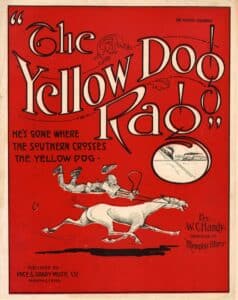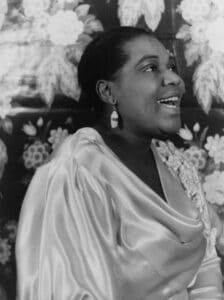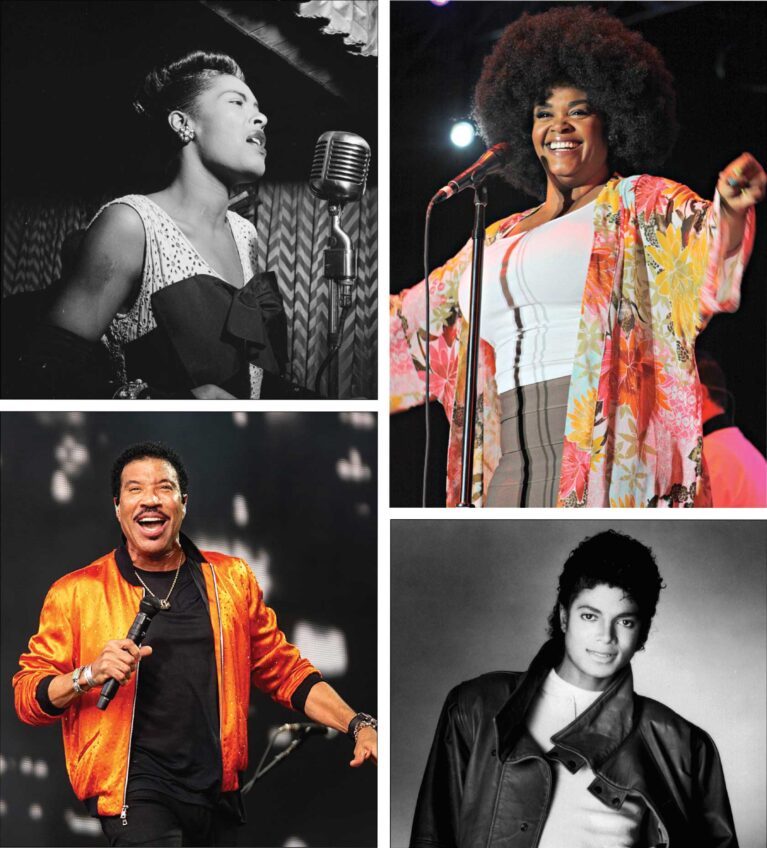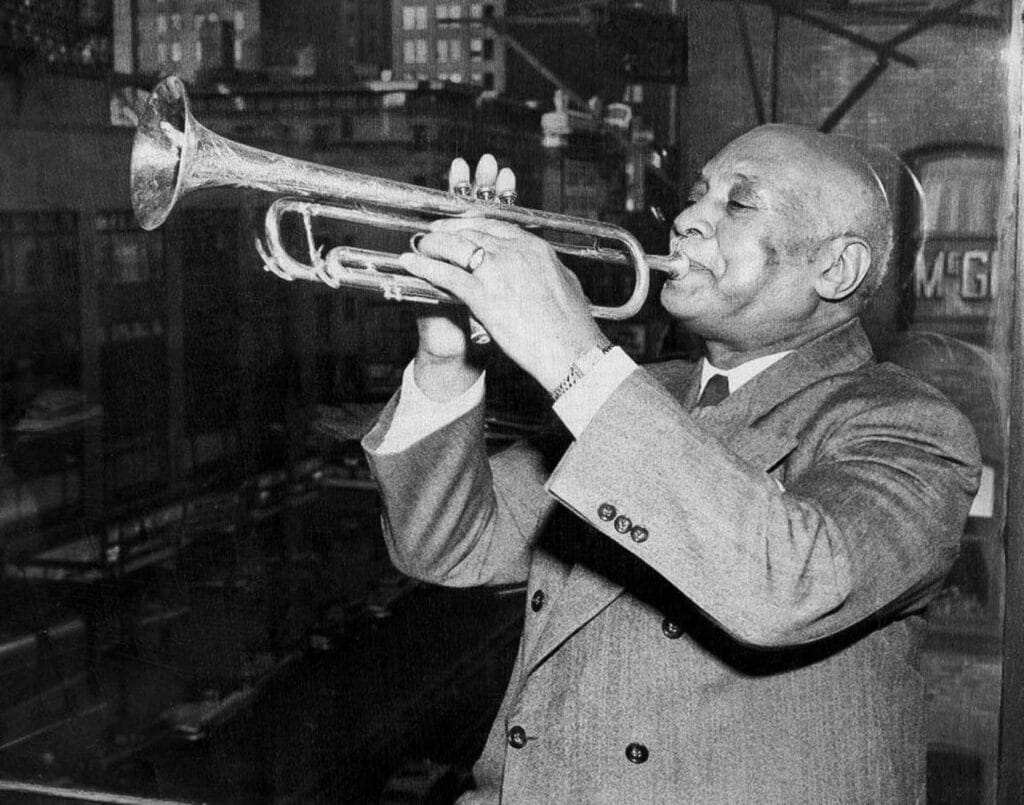
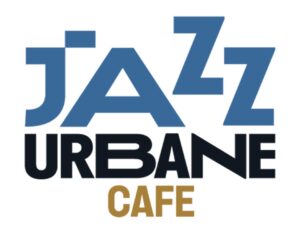 The Jazz Urbane Cultural Commentary
The Jazz Urbane Cultural Commentary
You might not think of it but, the Blues, the most original contemporary Black music known the world over, is probably the most consequential original music artistry ever created and performed in all of history. Kind of crazy to say, but it’s true!
This music history, artistry defines all American and most contemporary popular music heard around the world. It completely transformed all notions of musical time, expression and artistry.
With this attention to the feelings and meaning, intent of the blues perhaps to lift the travails of life. Someone suggested the Blues may have the power to lift our deepest troubles away even if only for the moment, allowing us to maybe catch a breath, adjust an attitude and jump back on board again.
The Blues comes most directly as a form of secular Black music growing out of the Spirituals.
Our Blues music/history timeline looks like this:
1619 First slaves arrive at Jamestown
1833 First American Guitar made by Christian Friedrich Martin
1863 Emancipation Proclamation issued by President Abraham Lincoln
1890 Blacks perform folk ballads, work songs and Blues songs at work camps, house parties
1903 W.C. Handy, a trained Black musician, hears Blues songs and transcribes, re-enacts and arranges them.
1914 Handy publishes “St. Louis Blues,” which makes the form, style internationally famous.
1917 Due to violence against Blacks, Black papers in the North, such as Chicago Defender, call for hundreds of thousands of Blacks to move north.
1920 Mamie Smith records “Crazy Blues” on Okeh records. The phonograph replaces sheet music as main music distributor. Many independent race and novelty record companies rise, such as Victor, Frank Walker (Columbia) and H.C. Speir, a furniture store owner who sells records, recommends new talent.
1925 The advent of electrical recording made it possible to use microphones to increase fidelity. Radio broadcasts are big.
1926-1929 Blind Lemon Jefferson records and becomes a hit bluesman.
1929-1933 During the depression, Blues dies down.
1933 John and Alan Lomax, William Work, begin recording folk materials for Library of Congress, Fisk University.
1936 Robert Johnson records and then dies two years later.
1937 Bessie Smith dies in car crash in Mississippi.
1938-39 John Hammond produces “From Spirituals to Swing at Carnegie Hall,” a landmark concert series where he curated a showcase of African American music at Carnegie Hall, spanning from traditional spirituals to contemporary swing jazz, highlighting the evolution of Black music on a prestigious stage, often considered a pivotal moment in music history.
1949 Lead Belly performs the Blues in France.
1964 Newport Folk Festival hears rediscovered artists Son House, Skip James, Bukka White, Sleepy John Estes, Mississippi John Hurt and others.
The Blues, in short, is a musical form and style of playing that evolved out of the slave hollers, spirituals and free styling melismatic, improvised melodies, which created songs, including ones about folk heroes like John Henry and Stag Lee. These can be thought of as plantation and Black country rural songs taken on the road and to the streets. Black men were now free to roam, search for families and jobs and created this music to accompany this new life. They were known as the Bluesmen. “Bluesmen jobs” at the turn of the 20th century were building dams, sharecropping, building, timber cutting, laying railroad tracks and carrying crops to market.
The Blues are songs/poetry concerned with common experiences and instrumentally driven by a sole non-specialist folk singer on the banjo/guitar or diddley which extends later to piano, horns, and eventually ensembles. This is common, country, Black folk music. But the most salient point of the Blues is how it sounds and how it functions to give a deep-down real feeling about experiences in the world, usually troubling, but always meant to be uplifting to “play the trouble way.”
The Blues is expressed in slurred, moaning, gutsy singing and playing using sometimes referred to as “blued” or minor tones within a scale. This “singing between the pitches” was a uniquely African embellishment to the European musical scale, theoretically characterized by lowering (flatting) the third, fifth and seventh pitches of a major scale even against the major chord sound.
But the courage of the Blues-singer and the profundity of the form and singing, is that the Blues addresses expressively in song how Black people were feeling and “dealin’ with it”. It has been said that Blues music, bluesy expression is “Black music language”, inner beliefs and feelings the musician is playing, telling the story.
The Blues is our faith alignment, lived, lift you up music no matter how low they go! Ain’t no stopping us no how!!
Blues is the “mother tongue” of all faith art, it became the mantra of contemporary Black popular music.
A theology and culture that matters
How does culture misshape us?
It is written that faith is the substance of things hoped for, and the evidence of things not seen. And it is a walk and work in our faith that allows us not to be tricked into a weak worldview that ignores the truth of the reward of our better workings that constitutes the best we will become. It’s the work you put in that always matters!
How did we get to places where we have been betrayed not knowing we were lost from our best and that that, no longer really, matters?
In “America’s ‘Prince’ Problem: How Black People — and Art — Became Devalued” Brittney Cooper wrote, “We are sorely in need of the clarity and inconvenient truths that art allows us to tell, the conversations it sparks, the space for emotion that it makes, the questions it poses, the pressure points in an aching national body politic that it exposes … it is art, our ability to sit with art and all the possibilities it helps us to imagine, that is so important to our ability to value. … But under conditions of neoliberalism, which favor the unregulated, unchecked reach of huge multinational corporations into every area of our lives, art and music and the people who produce them all become merely marketable commodities.”
As cultural theorist and writer Brittney Cooper reminds us, it’s our great culture that should matter.
When we open our minds, it is our ability to sit with our faith, art, literature, our rich history that illustrates all the possibilities which allow us to see and imagine what’s critically important for us to value.
The historical narrative is hugely powerful, poignant and purposeful.
Just read and remember the evidence, presence and more possibilities remind us to NEVER forget our culture maps are our true measure, not the market-infused nonsense that permeates and preoccupies minds. This junk does not matter, but how do we find our way and keep ourselves aligned?
Singers, musicians, painters, dancers, poets and writers, manifested hugely held and widely practiced belief systems in the art of public expression. The world listened, read, sang and danced to this reality.
The great poet of the current generation, Amanda Gorman reminds us, “The hill we climb, if only we dare, it’s because being American is more than a pride we inherit. It’s the past we step into and how we repair it.”
And that is where our faith work demands we move out to.
Our soul looks back, to a rich legacy of empathy, compassion, brilliance and tough work for the good of all. Our dances, expressions mended the rough roads, and our prayer pulled into our hands and minds, demand that we repair those roads, then we walk forward in them.
How have any of us that slipped into foul play and foolish talk been ignorantly left in social chaos and distanced from our truths?
That slip ain’t permanent, we believe. …
It is clear that the best way to repair that riff is to love one another more deeply and work faithfully to restore our commitments, alignments to each other and make real our resolve to transform the communities we live within each and every day.

